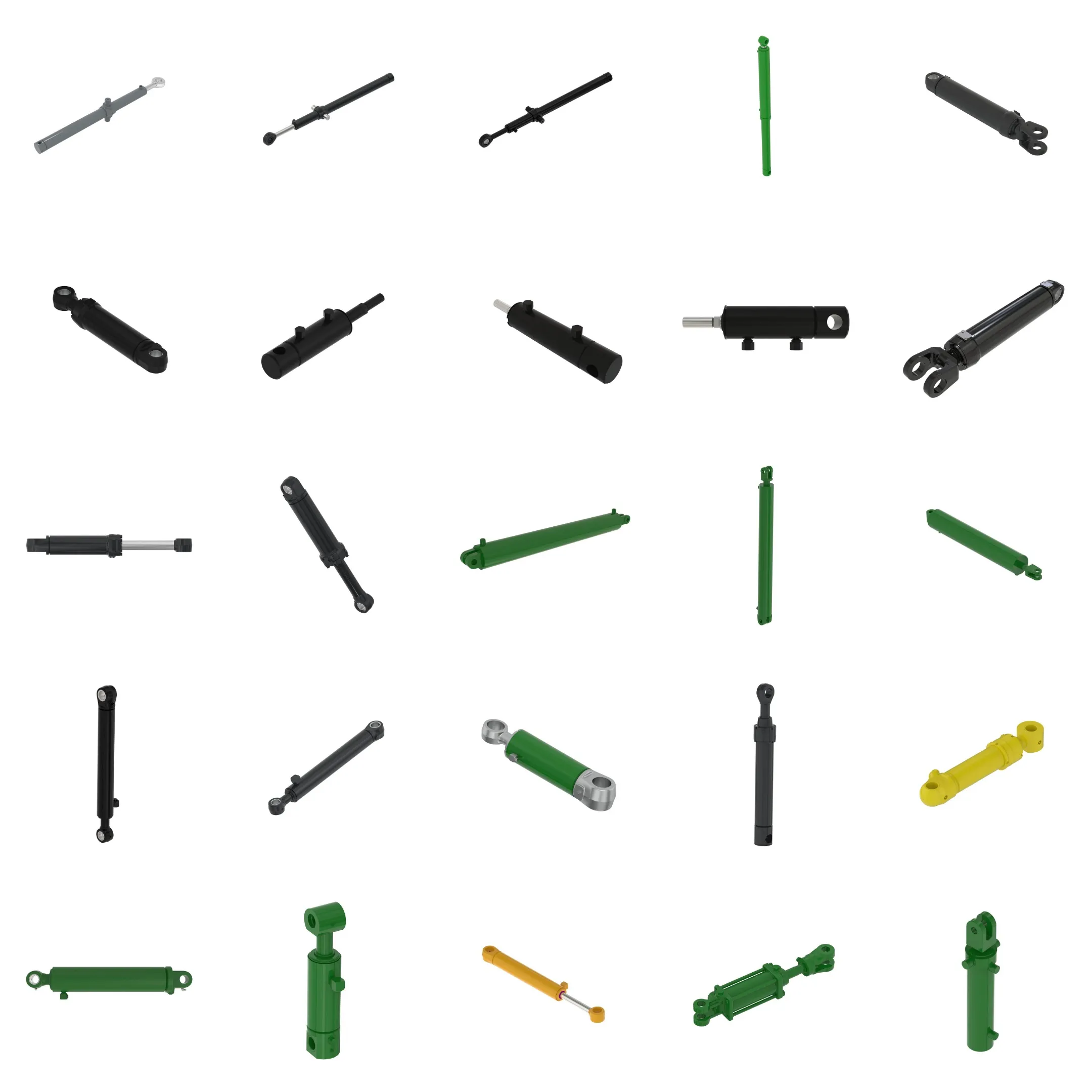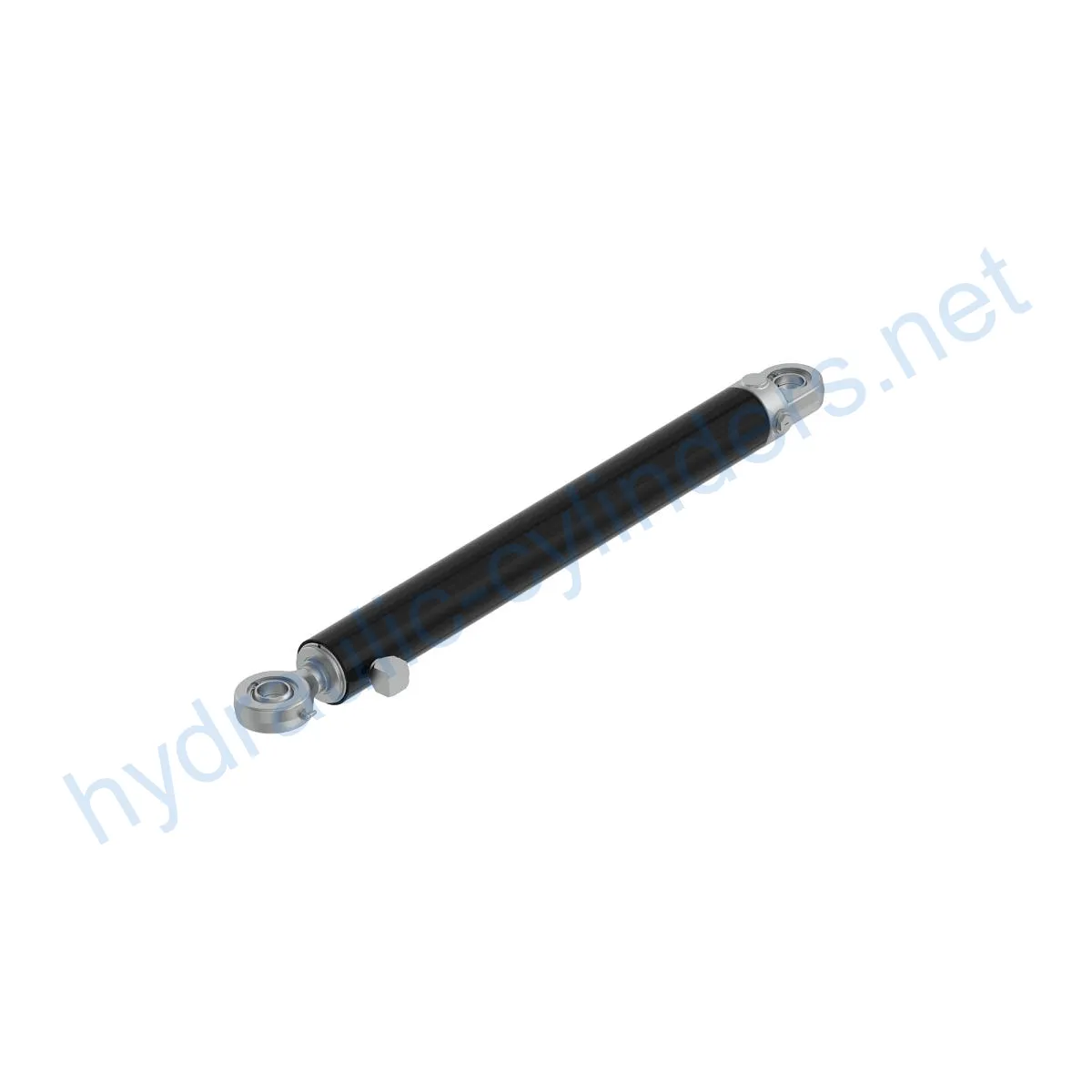Replacement Of AHC15997 Hydraulic Cylinder
Introduction
The Replacement Of AHC15997 Hydraulic Cylinder is an important component in various models of equipment, including the 1510C, 1510DC, 1512C, 1810C, 1810DC, 1812C, 1812DC, 1814C, 1814DC, 2112C, and 2112DC. This hydraulic cylinder is a critical part of the equipment’s hydraulic system and is responsible for converting hydraulic energy into mechanical energy, allowing the equipment to perform various tasks.
Specifications and Models
The Replacement Of AHC15997 Hydraulic Cylinder measures 4.5 inches in height, 6 inches in width, and 48.8 inches in length. It weighs 91.38 pounds. This hydraulic cylinder is compatible with the 1510C, 1510DC, 1512C, 1810C, 1810DC, 1812C, 1812DC, 1814C, 1814DC, 2112C, and 2112DC models.
Features
- Improved Equipment Performance: Replacing damaged or worn hydraulic cylinders can restore the equipment’s normal operating capability, ensuring its performance in various applications.
- Enhanced Safety: Regularly replacing hydraulic cylinders can reduce safety hazards caused by cylinder failure, ensuring the safety of operators and equipment.
- Overload Protection: New cylinder designs typically consider better overload protection mechanisms, improving safety.
- Quick Installation: Modern hydraulic cylinder designs typically consider ease of installation and replacement, reducing downtime.
- Standardized Components: Many hydraulic cylinders are standardized products, making it easier to obtain replacement parts in the market.
Our company can produce a perfect replacement for these hydraulic cylinders.
Applications
The Replacement Of AHC15997 Hydraulic Cylinder is commonly used in various heavy equipment, including:
- Excavators: Replacing damaged or worn hydraulic cylinders on the excavator’s arm or bucket can restore the equipment’s normal operating capability.
- Cranes: Regularly replacing the hydraulic cylinder in the crane’s hoist arm can ensure safety during frequent lifting and lowering.
- Tractors: Replacing the hydraulic cylinder on the front loader of a tractor can prevent leaks or performance decline during continuous lifting and tilting operations.
- Harvesters: Replacing damaged hydraulic cylinders in the harvester’s hydraulic system can maintain work efficiency.
- Automated Production Lines: Hydraulic cylinders are used to control robotic arms and other automated equipment. If the cylinder fails, it can affect production efficiency and needs to be replaced immediately.
- Die Casting Machines: Replacing hydraulic cylinders regularly can ensure product quality under high-pressure and high-temperature environments.
- Mining Equipment: Hydraulic cylinders are used in mining equipment to lift and move heavy objects. Due to the harsh working environment, regular inspection and replacement are necessary to avoid equipment failure.
- Bulldozers: Replacing worn hydraulic cylinders on the bulldozer’s bulldozer arm can keep operation efficiency high.
Maintenance
Regular maintenance of hydraulic cylinders is essential for prolonging their lifespan. Common maintenance tasks include:
- Regular Inspection: Ensure that the hydraulic cylinder is inspected on a regular basis to identify leaks, damage, or wear.
- Lubrication: Apply adequate hydraulic oil to the cylinder to ensure proper functioning.
- Seal Replacement: Replace worn-out seals to prevent leaks and damage to the cylinder.
- Calibration Check: Check that the cylinder is calibrated to the equipment’s specifications.
Proper installation, lubrication, and adjustment are essential for ensuring a hydraulic cylinder’s longevity. During installation, provide proper guidance to align the cylinder correctly. We recommend using appropriate installation brackets to secure the cylinder. Follow the recommended inspection, repair, and replacement procedures to keep your hydraulic cylinder operating optimally. Our company offers replacement parts and rebuilding services to help extend the lifespan of your hydraulic cylinder.
Safety and Environmental Considerations
It is important to follow proper safety measures when using hydraulic cylinders. Failure to do so can cause serious injuries and property damage. Always use appropriate protective gear and follow safety guidelines when handling hydraulic cylinders. Proper disposal of hydraulic fluid and components is essential for environmental protection.
Troubleshooting and Common Issues
Hydraulic cylinders may malfunction due to various issues, including leaks, damage, and wear. Common issues include:
- Slow or Erratic Cylinder Movement: This may be due to low hydraulic fluid levels, worn seals, or faulty valves. Check and replace any faulty components.
- Noisy Operation: This may be due to dirty or clogged filters. Clean or replace the filters to prevent further damage.
- Sticking: This may be due to debris or contamination inside the cylinder. Clean the cylinder thoroughly to eliminate any blockages.
Proper maintenance and inspection can help prevent most issues. Follow recommended maintenance procedures and replace any faulty parts promptly to prevent further damage.

Design Considerations and Selection Criteria
When selecting a hydraulic cylinder, consider factors such as load capacity, sealing capability, durability, safety, and maintainability. Our hydraulic cylinders feature:
- High Load Capacity: Our hydraulic cylinders are designed to handle heavy loads and withstand harsh environments.
- Effective Sealing: Our hydraulic cylinders feature high-quality seals that prevent leaks and protect the cylinder from contamination.
- Durability: Our hydraulic cylinders are constructed with high-quality materials and undergo rigorous testing to ensure their durability.
- Safety: Our hydraulic cylinders are designed with safety features that prevent overloading and provide overload protection.
- Maintainability: Our hydraulic cylinders are designed with easy-to-replace components to simplify maintenance and repairs.
Proper sealing and lubrication are essential for ensuring hydraulic cylinder longevity. We recommend using high-quality seals and lubricants and performing regular maintenance.
Installation Guide
Proper installation is essential for ensuring hydraulic cylinder longevity. Follow these steps for proper installation:
- Ensure that the equipment is powered off before installing the hydraulic cylinder.
- Align the hydraulic cylinder with the mounting bracket and secure it in place using appropriate installation brackets.
- Connect all hydraulic lines according to the equipment manufacturer’s specifications.
- Fill the hydraulic system with the appropriate hydraulic fluid according to the equipment manufacturer’s recommendations.
- Check for leaks and proper operation.
Follow equipment manufacturer’s guidelines and safety measures when installing hydraulic cylinders.

Conclusion
Our company is a leading manufacturer and wholesale distributor of hydraulic cylinders. We offer a wide range of hydraulic cylinders that meet various equipment specifications. Our products are of high quality and durability and undergo rigorous testing to ensure customer satisfaction. We also offer customized services to meet customer requirements. Our company is dedicated to providing excellent products and services to our customers.
Author: lyl
参观我们的 VR 工厂
通过以下方式参观我们的 VR 工厂
液压缸应用:


